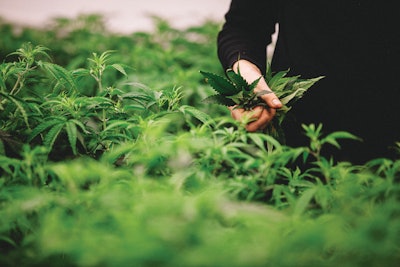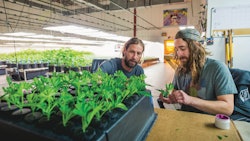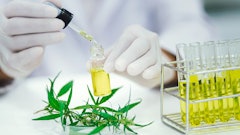
This article originally appeared in the April 2018 print issue of Cannabis Business Times. To subscribe, click here.
It’s no secret that indoor cannabis cultivation is energy intensive, requiring significant lighting, ventilation and climate control, for starters.
A well-known study published in 2012 in Energy Policy journal found that legal indoor growing operations accounted for 1 percent of the nation’s total electricity use and produced 15 million tons of greenhouse gas emissions (CO2), the equivalent of operating 3 million cars—and that was when only 15 states had legal medical marijuana programs, and before recreational cannabis was legalized and a glut of new growing operations came online.
Here, three cultivators who recognized and worked to change the environmental impact of their indoor grows share insights into their efforts to grow cannabis as sustainably as possible.
Juddy & Danielle Rosellison
Trail Blazin’, Bellingham, Washington
For Juddy and Danielle Rosellison, cultivating cannabis is more than just a business, it’s a chance to rethink capitalism.
“The industry has a chance to set a new standard for how capitalism is done,” Danielle says.
A big part of cultivating right means focusing on sustainable techniques, according to the Rosellisons. Since launching Trail Blazin’ in 2014, the husband and wife co-owner/operator team have installed LED lighting and a water reclamation system in their pesticide-free facility in Bellingham, Wash.
To read the full article in the April 2018 issue of Cannabis Business Times, click here.
Top photo by Amanda Mac


























